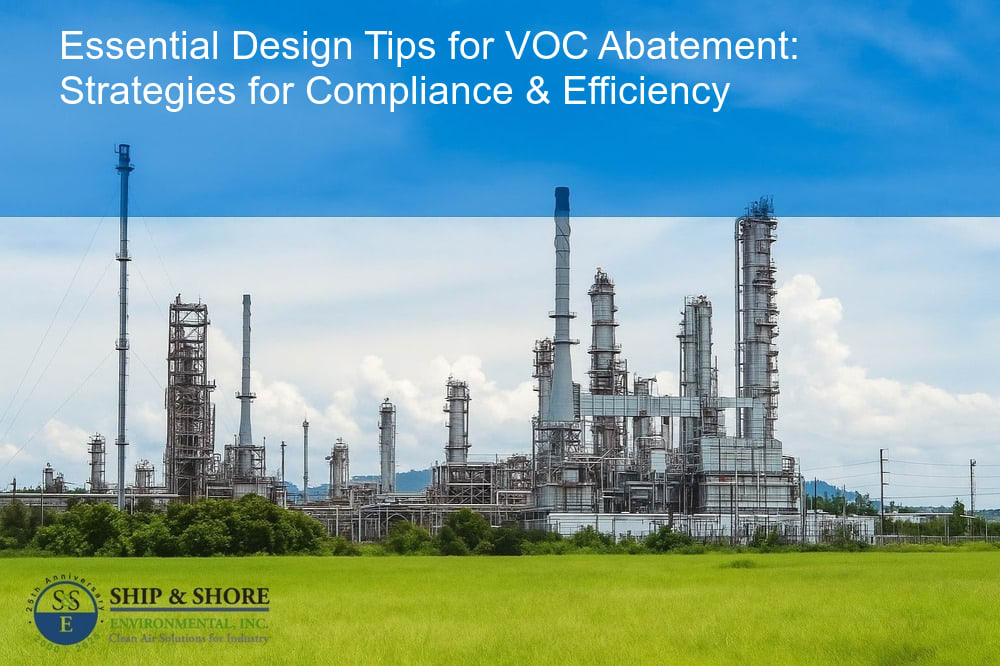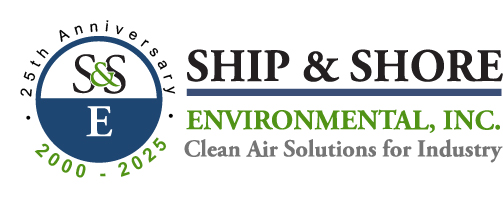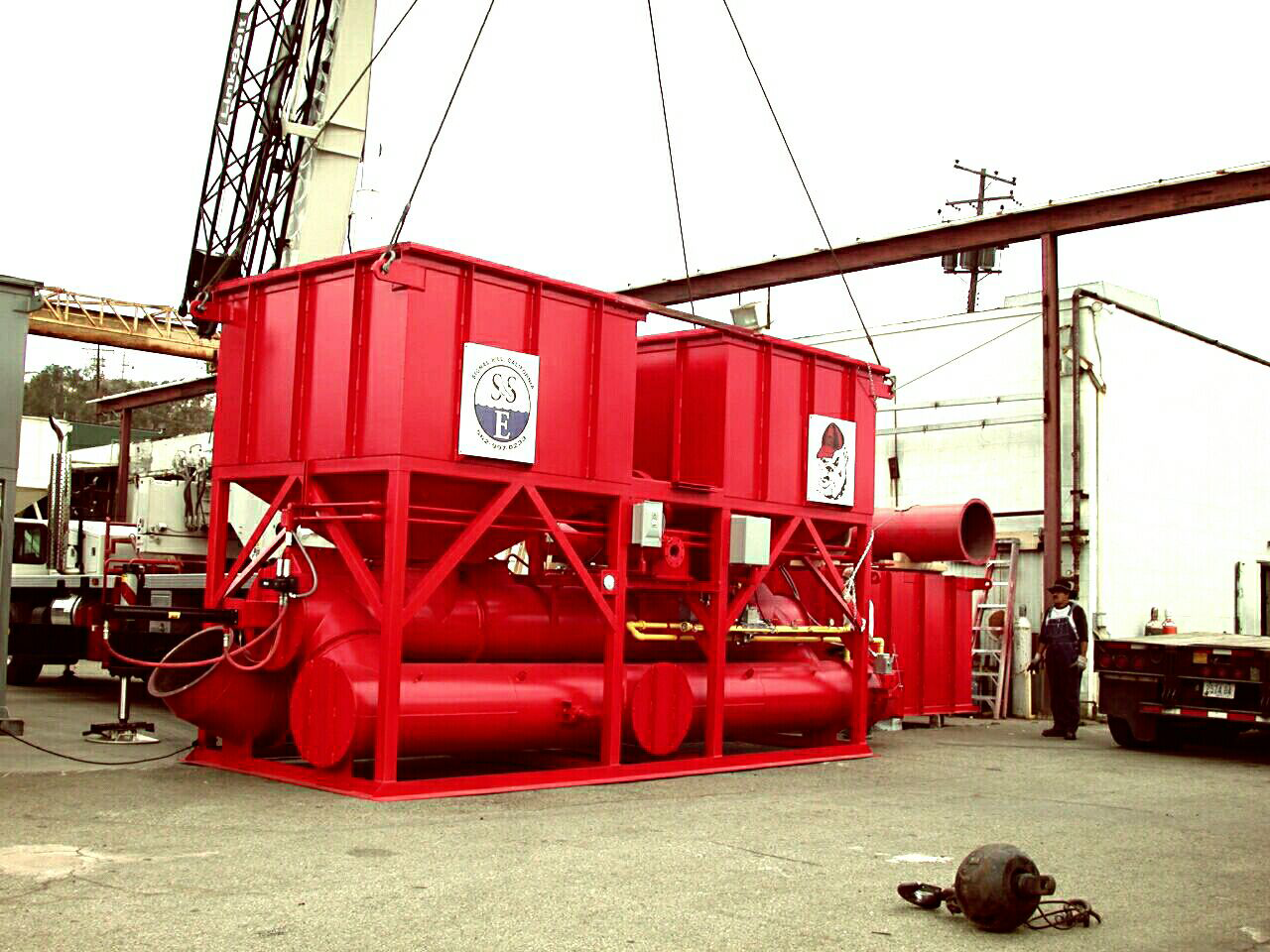
Maximizing Efficacy with Essential Design Tips for VOC Abatement
October 10, 2025 7:16 amGrasping the Critical Need for VOC Abatement: An Overview
As we navigate through the complexities of environmental regulations and industrial responsibilities, essential design tips for VOC abatement have become more critical than ever. Volatile Organic Compounds (VOCs) pose significant threats to both the environment and public health, necessitating efficient and effective abatement solutions. In this overview, we delve into the critical need for VOC abatement, shedding light on the imperative role design plays in creating systems that are both robust and compliant. In doing so, we aim to underscore why a meticulously crafted design is not a luxury but a necessity.
Necessity and Importance of Effective Design in VOC Abatement
The importance of effective design in VOC abatement cannot be overstated. Meticulous design ensures that the system operates at peak efficiency, capturing and neutralizing harmful compounds before they can be released into the atmosphere. Effective design considers several factors such as the type of VOCs being handled, the specific industrial processes involved, and the regulatory requirements applicable to the region. This multifaceted approach ensures that the abatement system not only meets but possibly exceeds compliance thresholds. Without effective design, even the most advanced technologies can fall short, leading to operational inefficiencies and potential regulatory penalties.
What to Expect: Essential Design Tips for VOC Abatement
In the subsequent sections, we will explore a range of essential design tips for VOC abatement that are crucial for developing high-performing systems. These tips are gleaned from years of hands-on experience and are designed to cater to a multitude of industrial scenarios. From understanding the intricate functionalities of Regenerative Thermal Oxidizers (RTOs) to the strategic utilization of Catalytic Oxidizers, each component’s design and implementation will be discussed.
Moreover, we will delve into the specialization of VOC abatement systems. Customizing these systems to meet specific industrial needs not only enhances efficiency but also ensures the longevity and reliability of the system. This involves an in-depth look at tailored design features that can be incorporated to address unique challenges posed by different types of VOC emissions.
Our goal is to provide you with a comprehensive understanding of how smart design can make all the difference in achieving your VOC abatement goals. By following these tips, you can enhance your system’s performance, ensuring both regulatory compliance and a cleaner industrial footprint.
Understanding the Role of Regenerative Thermal Oxidizers (RTOs) in VOC Abatement
Regenerative Thermal Oxidizers (RTOs) are highly efficient devices used in VOC abatement. At the heart of an RTO lies its ability to capture and destroy volatile organic compounds by thermal oxidation, turning harmful pollutants into less harmful carbon dioxide and water vapor. The unique design of RTOs includes ceramic media beds which help in heat recovery, making the process energy-efficient.
Additionally, RTOs can handle high concentrations of VOCs and fluctuations in emission levels. This makes them suitable for various industrial applications. Not only do they provide robust performance, but they also ensure minimal operating costs due to their heat recovery capabilities. Transitioning to an RTO system can therefore be a crucial step in effective VOC abatement.
Harnessing Catalytic Oxidizers: Key to Effective VOC Reduction
Catalytic oxidizers offer another route for VOC abatement through catalytic oxidation, a process that operates at lower temperatures compared to thermal oxidation. This makes catalytic oxidizers highly energy-efficient. Moreover, the catalyst enables the oxidation process to occur more readily, increasing the overall efficiency.
When designing catalytic oxidizers, selecting the right catalyst is paramount. Platinum and palladium are common choices due to their excellent catalytic properties. The design should allow for easy replacement of the catalyst, thus reducing downtime and maintenance costs.
One essential design tip for VOC abatement with catalytic oxidizers is to include a pre-cleaning step. Removing particulate matter and other contaminants prior to the oxidation process can extend the life of the catalyst. Consequently, this reduces operating costs and increases the system’s efficiency.
Customizing VOC Abatement Systems: A Look at Specialized Design Features
To optimize VOC abatement, customizing systems according to specific industrial needs is essential. Each industry has unique VOC emission profiles, requiring tailored solutions. Implementing various design features can significantly enhance the efficacy of the system.
- Heat Recovery Systems: Incorporating heat exchangers or regenerative heat recovery systems can drastically reduce energy consumption.
- Smart Controls and Automation: Utilizing advanced control systems can help monitor and adjust operational parameters in real-time, thereby improving performance.
- Modular Designs: Modular systems offer flexibility, making it easier to scale operations up or down based on current needs.
- Advanced Filtration Techniques: Including pre-filters and post-filters can greatly enhance the efficiency and longevity of VOC abatement systems.
Moreover, choosing materials that resist corrosion and withstand high temperatures is crucial to ensure durability and effectiveness. Designing for easy access to components will facilitate maintenance, significantly reducing downtime.
Because regulatory requirements and industrial standards are constantly evolving, it is important to design VOC abatement systems that can be easily upgraded. This ensures long-term compliance and operational efficiency. Therefore, investing time and resources in effective design can provide both immediate and long-term benefits, making it a key strategy for impactful VOC abatement.
Did you know that Regenerative Thermal Oxidizers (RTOs) are pivotal in VOC abatement, using a ceramic heat exchange system to efficiently destroy harmful emissions?
Achieving Regulatory Compliance: How VOC Abatement Design Impacts Compliance Goals
Attaining regulatory compliance is a critical aspect in industries striving to reduce VOC emissions. Our approach to abatement design encapsulates the importance of meeting stringent environmental standards. Smart and efficient design is essential to ensure that our systems align with the latest regulations, thus preventing potential fines, legal setbacks, and reputational damage. Effective VOC abatement design helps industries meet compliance requirements by implementing robust systems capable of handling fluctuating emission levels. By prioritizing high-quality materials and advanced technologies, we ensure regulatory adherence and long-term operational success.
Design Impacting Efficacy: How Smart Design Helps Maximize VOC Reduction
At Ship & Shore Environmental, Inc., we recognize that efficacious VOC abatement hinges on intelligent design. Essential design tips for VOC abatement often emphasize the need for customization and adaptation to specific industrial environments. Our systems are meticulously crafted to maximize VOC capture and destruction efficiency, translating to significant reductions in harmful emissions. Through the optimization of airflow, temperature control, and catalytic efficiency, we deliver solutions that not only meet but exceed industry standards. Smart design also involves integrating monitoring and maintenance features that ensure continuous performance and timely interventions, thereby maintaining peak efficacy over the system’s lifespan.
Leaving a Cleaner Industrial Footprint: Final Thoughts on Essential Design Tips for VOC Abatement
Ultimately, the goal of effective VOC abatement design is to foster sustainability and environmental stewardship within industrial operations. By adhering to essential design tips for VOC abatement, we empower industries to take proactive steps towards reducing their environmental impact. Implementing state-of-the-art oxidizers and tailored abatement systems reflects our commitment to cleaner air and a healthier planet. The investment in well-designed VOC abatement solutions is an investment in the future, ensuring that industrial advancements do not come at the expense of our environment. Together, we can leave a cleaner industrial footprint and pave the way for a greener tomorrow.
FAQ
Why is VOC abatement design crucial for regulatory compliance?
Our VOC abatement design is instrumental in achieving and maintaining regulatory compliance. By incorporating advanced technologies and thorough planning, our systems are built to adapt to changing regulations, ensuring that you avoid legal penalties and maintain operational integrity. Through attentive design, we ensure that our systems not only meet but are capable of exceeding the latest environmental standards.
How does effective design enhance the efficiency of a VOC abatement system?
Effective design enhances VOC abatement efficiency by tailoring systems to the specific needs of an operation. We focus on optimizing key components, such as airflow dynamics and catalytic converters, to enhance VOC destruction rates. Additionally, integrating smart control systems allows for continuous monitoring and fine-tuning, thus maximizing long-term efficacy and resource conservation.
Can VOC abatement systems be customized for different industries?
Indeed, our VOC abatement systems are highly customizable to suit various industry requirements. Understanding that each industry has unique emission characteristics, we offer specialized design features that address specific challenges. This approach involves analyzing the chemical composition of emissions, operational workflow, and spatial constraints to develop the most efficient and effective abatement solution.
What is the role of Regenerative Thermal Oxidizers (RTOs) in VOC abatement?
Regenerative Thermal Oxidizers play a pivotal role in VOC abatement by efficiently converting harmful VOCs into carbon dioxide and water vapor through high-temperature thermal oxidation. Our RTO designs are characterized by energy efficiency and high VOC destruction capabilities, making them a popular choice for industries looking to reduce emissions and energy consumption simultaneously.
How does intelligent VOC abatement design contribute to sustainability?
Intelligent VOC abatement design contributes to sustainability by minimizing industrial emissions and reducing the carbon footprint of operations. By employing careful planning and leveraging innovative technologies, our systems not only ensure clean air compliance but also support the long-term viability of resources. Consequently, a well-designed VOC abatement system is a testament to our commitment to environmental stewardship and sustainable business practices.
Categorised in: Blog

